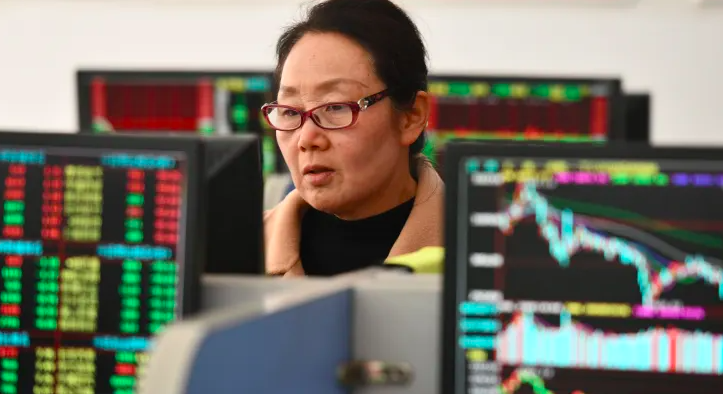China is reportedly considering a rescue package supported by offshore funds to prevent a further decline in its struggling stock markets, as revealed by unnamed sources cited by Bloomberg News. The plan is said to involve mobilizing around 2 trillion yuan ($278 billion) primarily from offshore accounts of Chinese state-owned enterprises. The funds would be used to stabilize the market by acquiring stocks onshore through Hong Kong markets. Additionally, Chinese policymakers have reportedly allocated 300 billion yuan from local funds to invest in onshore shares through state-owned financial entities like China Securities Finance Corp. or Central Huijin Investment Ltd.
The mainland China CSI 300 index experienced an 11.4% decline in the previous year, marking the third consecutive year of losses. Similarly, Hong Kong’s Hang Seng index fell nearly 14% in 2023, making it the worst-performing major Asian stock market. The reported rescue package comes shortly after Chinese Premier Li Qiang’s announcement during a state council meeting that the country would implement measures to stabilize its stock markets. Premier Li emphasized the need for powerful and effective measures to boost market confidence, with an emphasis on reinforcing macro policy orientations, coordinating policy tools, and promoting the stable and healthy development of the capital market.
While no detailed information on the amount of funds or the timeline for implementation was provided during the state council meeting, the move underscores China’s commitment to addressing challenges in its stock markets. This initiative may serve as a response to the recent economic slowdown and market volatility, indicating a proactive approach to stabilizing the financial sector. The use of offshore funds and local resources demonstrates a multi-pronged strategy aimed at mitigating risks and promoting economic recovery. It’s worth noting that China has emphasized a cautious approach to stimulus, preferring to focus on strengthening internal drivers rather than relying on massive short-term measures.
The reported rescue package aligns with China’s broader economic strategy, which prioritizes long-term stability over short-term gains. Premier Li’s reference to avoiding “massive stimulus” during his speech at the World Economic Forum in Davos highlights the country’s commitment to sustainable economic development. Despite global economic challenges, China recorded a GDP growth of around 5.2% in 2023, showcasing resilience and a focus on maintaining a balanced and steady economic trajectory. As the details of the rescue package unfold, it will be interesting to observe how these measures impact China’s stock markets and contribute to the broader economic recovery.

